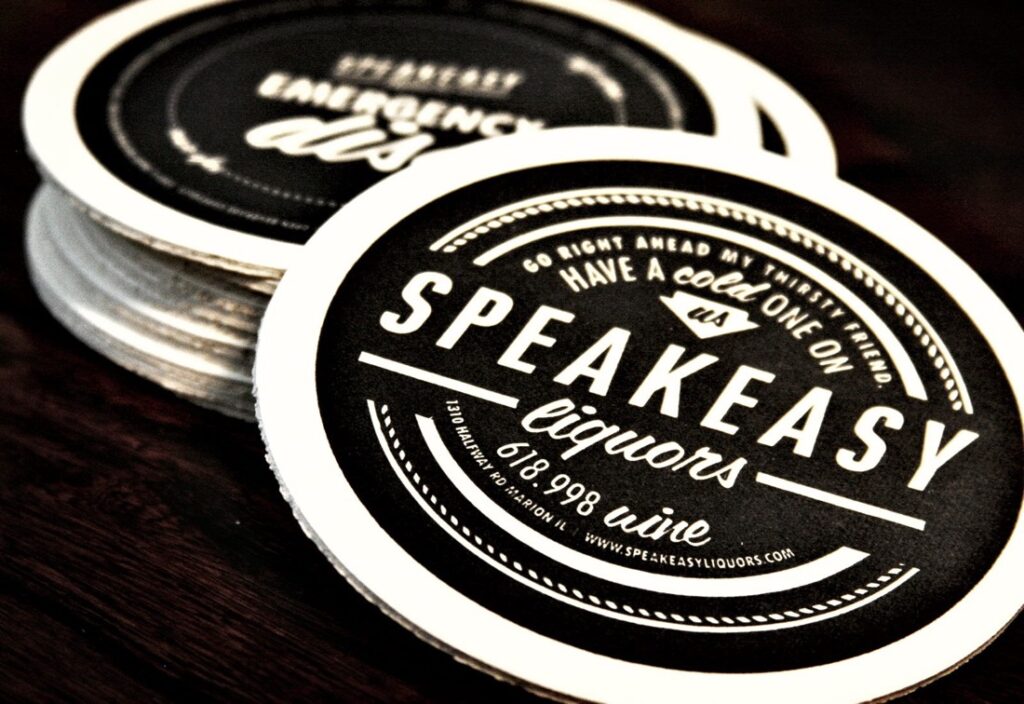Telling a Story With Your Brand
Logos
Certain logos have a narrative. An object or a scenario can be suggested by illustrative marks, and both can develop into potent brand symbols. A lone beach chair may allude to a narrative that gives the brand more nuance and establishes a personal bond with the audience. Similar to a novel’s cover, these markings convey the main idea of the narrative. Like a good book jacket, a good logo tells the story without revealing the conclusion. The logo is merely the beginning of the story.

Applying the Narrative
Programs are all about context, and every location where identity is articulated offers a chance to develop a story.
Program elements are the chapters, whereas a graphic identity is the novel’s cover. The explanation comes from the initial encounter with an identity program. Think about the order, duration, and personality of each beat in the narrative while viewers watch an identification program.

Think about the how and where of use. Does a sign next to the restroom serve as a humorous opportunity, a fundamental hygiene reminder, or both? Is a website meant to be reassuring or surprising? Which channel is the news being shown on a television in a lobby?
The Brand Story
Stories are a key tool for clearly and readily conveying complicated ideas, whether in business case studies, religious parables, or folk tunes.
Contemporary brands are promises, and every promise inherently initiates a storyline: Will the promise be fulfilled or not? Naturally, a brand should fulfill its commitments.
They are the brand narrative’s lesson—the reason the “story” was produced and what it signifies to the reader or consumer.

Businesses with distinctive brands not only create tales worth telling, but they also consistently embody the values of their brand narratives. Businesses are starting to use technology in today’s open environment to let employees and customers contribute to the creation of their tales.
